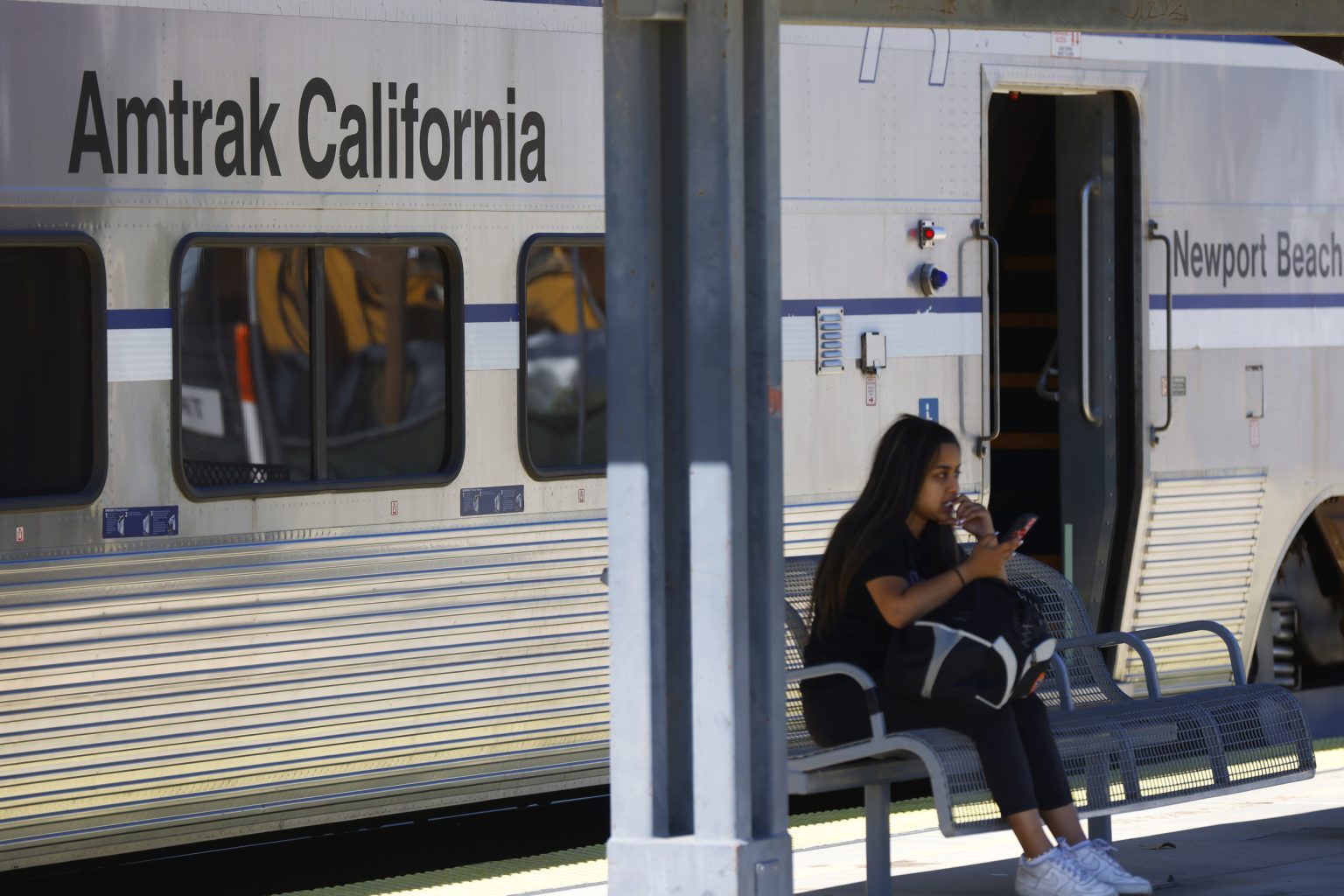The California High-Speed Rail project, a long-embattled infrastructure endeavor aiming to revolutionize intercity travel within the state, has found itself at a critical juncture. Facing the imminent return of a skeptical presidential administration, project proponents are making a last-ditch effort to secure crucial funding from the current, more supportive federal government. The project, which has been plagued by cost overruns, delays, and political opposition, seeks a $536 million infusion from the Department of Transportation to continue vital tunneling work in the Central Valley. This funding request comes as the clock ticks down on the Biden administration, which has shown a greater willingness to invest in large-scale infrastructure projects compared to the incoming Trump administration.
The California High-Speed Rail project, initially conceived in 2008 through a voter-approved ballot initiative, envisions a network connecting major metropolitan areas like San Francisco and Los Angeles with smaller cities like Merced and Bakersfield via the Central Valley. Proponents argue the project will not only transform transportation within the state but also generate economic benefits, create jobs, and contribute to environmental sustainability by reducing greenhouse gas emissions. However, the project has faced significant challenges, including escalating costs that have ballooned from an initial estimate of $40 billion to a staggering $118 billion, alongside persistent construction delays that have pushed back the completion date. These issues have fueled criticism and skepticism, most notably from former President Donald Trump, who has publicly derided the project as a “waste” and a “green disaster.”
The current funding request represents a strategic move by California lawmakers to capitalize on the remaining time left with a sympathetic administration. Five California representatives in Congress, including Senators Alex Padilla and Adam Schiff, have formally appealed to Transportation Secretary Pete Buttigieg to approve the $536 million, emphasizing the project’s alignment with federal goals of improved safety, economic growth, equity, and sustainability. They argue that the funding will support well-paying jobs, create opportunities for small businesses, and improve mobility for underserved communities, particularly in agricultural areas. This plea comes as the Biden administration, known for its focus on infrastructure investment, nears its end, leaving a narrow window of opportunity to secure the necessary funds.
The political backdrop to this funding request adds a layer of complexity and urgency. Former President Trump, a vocal critic of the project, has previously demanded the return of $3.5 billion in federal funds already allocated to the project, a demand rejected by California Governor Gavin Newsom. With Trump poised to return to the White House in 2025, the project’s future hangs in the balance. The incoming administration’s stance on the high-speed rail project remains unclear, but Trump’s past criticisms suggest a less favorable outlook for continued federal support. This looming uncertainty underscores the importance of securing the current funding request before the change in administration.
The divergent perspectives on the California High-Speed Rail project highlight the complex interplay of political priorities, economic considerations, and environmental concerns surrounding large-scale infrastructure endeavors. While proponents champion the project’s potential to revolutionize transportation, create jobs, and address environmental challenges, critics point to its escalating costs, delays, and questionable feasibility. The current funding request has become a focal point in this ongoing debate, with California lawmakers emphasizing the project’s broader benefits and its alignment with federal goals, while opponents remain skeptical of its long-term viability and cost-effectiveness. The outcome of this funding request will significantly impact the project’s trajectory and its ability to overcome the hurdles it has faced.
The future of the California High-Speed Rail project now rests on the decision of Transportation Secretary Pete Buttigieg. Approval of the $536 million funding request would provide a crucial lifeline for the project, enabling the continuation of critical tunneling work and potentially bolstering its chances of eventual completion. However, rejection of the request would deal a severe blow to the project, potentially jeopardizing its future and leaving its fate uncertain under the incoming Trump administration. The decision carries significant weight, not only for the future of high-speed rail in California but also for the broader debate surrounding infrastructure investment, economic development, and environmental sustainability in the United States. The outcome will undoubtedly shape the landscape of transportation and infrastructure development for years to come.

